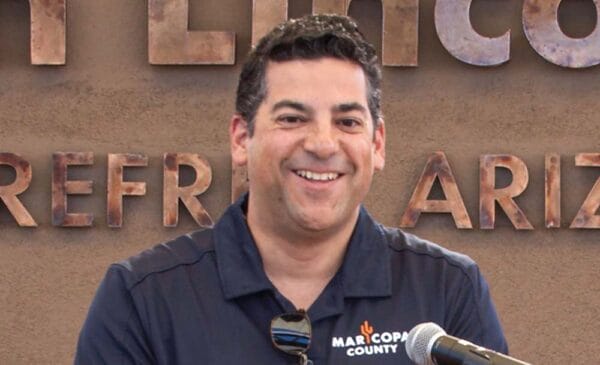By Darren Goode | POLITICO
If the energy visions of past years had come true, throngs of Americans would be using switchgrass to fuel their cars and running their homes on electricity from nuclear fusion or carbon-capturing coal plants.
But reality has worked out differently.

Many of the nation’s most ambitious energy projects have fallen far short of their lofty goals, either because they were unrealistically optimistic, took too long develop or were abandoned as markets shifted. EPA offered a reminder of that reality this month, when it made sharp cuts in its production estimates for an advanced biofuel called cellulosic ethanol.
Some experts caution that struggling technologies can still strike gold, making it hard to judge when it’s too soon to stop investing in them.
“When do you know when to cut your losses?” asked Margot Anderson, executive director of the Bipartisan Policy Center’s energy project. “When is a flop a flop?”
Part of the problem for any upstart technology comes from the vast scale and long lifespans of the nation’s energy systems. Even moderately successful technologies such as wind, solar power and electric vehicles took decades of development to grab just a small share of the market.
Also: Fracking Debate Divides New YorkA4
Four New Wind Farms In The Upper Midwest Could Power 750,000 Homes
If you’d like to discuss energy issues, contact Court Rich, Co-Chair of Rose Law Group’s Renewable Energy Department at crich@roselawgroup.com











